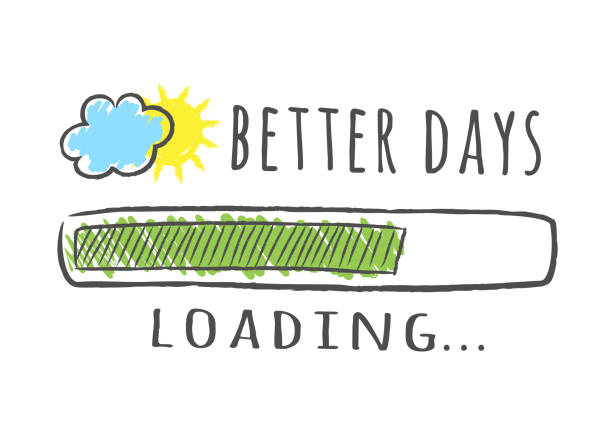
So, what’s your motivation to stop smoking?
Sometimes it comes more from the outside than within – perhaps from a doctor, a partner, boyfriend, girlfriend, or parent. But without being personally motivated, your likelihood of successfully stopping smoking is low. So how can you get and stay motivated?
We think that some of the techniques of SMART Recovery can help you quit nicotine addiction. SMART is a program that’s been designed to help people who want to quit any addictive substance or behavior by teaching them self-help techniques based on psychological principles. Can these strategies work?
Yes.
The SMART Recovery program uses a number of tools to help build and maintain motivation. In fact, Enhancing and Maintaining Motivation is Point #1 of the 4-Point Program®. Here are a few ideas and tools for you to consider when you want to stay motivated and avoid smoking.
1. Behavior change comes in stages
It’s helpful to know that there are “Stages of Change” when battling an addiction. In the Transtheoretical Model of Change*, these phases include Pre-contemplation, Contemplation, Preparation, Action, and Maintenance. Note that you might fluctuate between these stages from time to time, but moving forward from Pre-contemplation is key to quitting smoking and staying quit beyond the length of time that nicotine withdrawal lasts.
2. Understand what you gain and what you lose when you stop smoking
It can also be very beneficial to do a Cost Benefit Analysis (CBA). This is a simple exercise. Take a sheet of paper and draw a line down the center of the page, and one across the center of the page to make 4 quadrants. At the top of the page, write: Smoking. In the top left quadrant, put Advantages (benefits & reward), top right put Disadvantages (costs & risks). For the lower half of the quadrant, just above the lower squares, write: Not Smoking. Put the same info from the top two quadrants in the lower two.
Now start to fill in the blanks.
Advantages might include items such as stress reliever, boredom reliever, helps me to relax, etc. Disadvantages might include conditions such as health risks, lifestyle association, or even current health problems. It’s also helpful to perform one more step. Next to each item, place ST or LT (for short-term or long-term). Usually you’ll find that the “benefits” of continuing to smoke are very short-term, while the “costs” of continuing are far more long-term. SMART suggests you carry your CBA with you, and if an urge or opportunity to smoke makes itself available, review the list to remember the long-term costs outweigh the short-term benefits!
3. Make a list of your values
The Hierarchy of Values is another valuable tool used in SMART that can help you when you stop smoking. List the five most important things in your life, in order of importance. These will vary by person, and may include family, job, health, faith, finances, happiness, etc. (STOP READING HERE UNTIL YOU MAKE YOUR “TOP 5” LIST.)
Now ask yourself, “Where is smoking on my list of values?” Interestingly, it doesn’t generally make the “Top 5”. However, smoking often has a major impact on each and every item of value to you! Consider the impact that smoking and nicotine addiction has on each of your top five values, and make plans to focus on the things that are most important to you. Compare this with continuing to smoke. Instead of stopping for a pack of smokes at the convenience store on your way home, go work out, call a friend or family member, or do something to enhance the values on your list. And although relapse is considered a part of the learning cycle, remember that the addiction potential of nicotine is high – you will most likely pick up where you left off.
4. Map out the changes you want to make in life
SMART also provides a Change Plan Worksheet to help you to “map out” the changes you want to make in life, and to put a plan in place for making those changes. Just as with any journey, when you change a behavior that has impacted all areas of your life, using a map is a better, faster way to getting to your destination.
Can you quit smoking?
You’d better believe it! Your beliefs about your ability to quit are important. Try some of the above suggestions and get started toward living a balanced and rewarding life!
There are a number of other FREE motivational ideas available on the SMART Recovery website and the SMART Recovery Handbook has additional tools to help you to build and maintain your motivation.
* The Transtheoretical Model of Change is the subject of the book Changing For Good, by Prochaska, Norcross and DiClemente.



